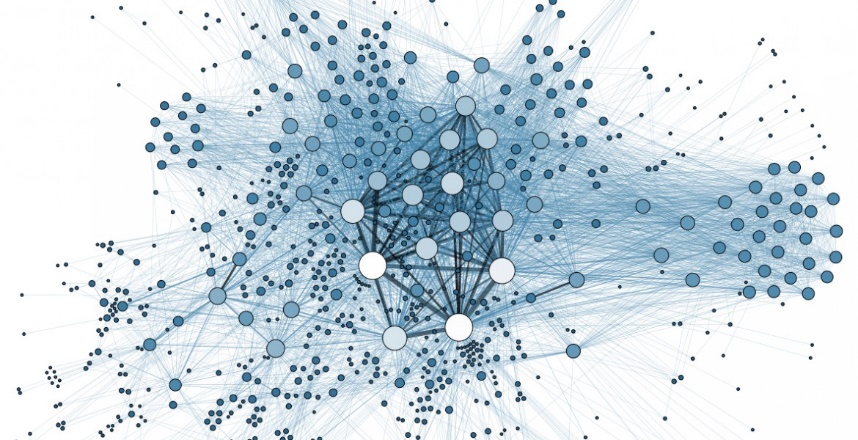
How we can improve call center routing thanks to AI
As clients, we have all gone to a customer service department where we have had to wait by the phone for an agent to answer, accompanied by music in the background, and sometimes even missing the call during the process. This process is what we know as call routing, and our satisfaction with the service and, to a large extent, our positive attitude as a customer, depends on the optimisation of this development.
Call centre routing consists of intelligent call management to improve the perception of service quality. It is a service that applies AI to customer service, more specifically Machine Learning.
Poorly managed routing can lead to a collapse in incoming contacts and a high percentage of dropouts among users. In order to offer an excellent service, we must aim for a 95% satisfaction rate in our service rating, although a good service will move in margins between 85% and 90%.
While there are many other factors that influence the overall service rating, it is certain that service level metrics are the most important to indicate whether processes are working correctly or not. But when we are talking about a call centre with multiple processes of omnicanal attention, everything is more difficult. Technology and the call centre go hand in hand. There are software solutions that control routing tools that allow for parameterisation and the establishment of qualified assignment rules, as well as handling the call with priority criteria, through intelligent contact routing. All this allows you to turn your call centre into a value centre.
How is call routing done?
The basic function of any contact centre is to route customer calls to agents for resolution. Call routing methods have improved over time as companies have sought ways to improve call centre efficiency.
Let’s see what some of the most used methods are.
Next available agent routing
In this method of call routing, companies use an automated system to send incoming calls to the agent who has waited the longest.
As a disadvantage, this method of call routing can generate inefficiency problems if we set up too many queues with a small number of agents.
Predictive Routing
Predictive routing makes use of artificial intelligence and machine learning to determine how calls to agents should be routed. Predictive routing focuses on achieving a specific customer interaction outcome by analysing a large amount of data from the perspective of the caller and the agent. Predictive routing analyses data and customer behaviour.
Predictive routing has one possible disadvantage, which is that agents may become overloaded with calls as a result of the superior service they provide, while less effective agents remain inactive.
As we can see, technology has provided the call centre with important tools to advance in service and customer care. The improvement in call routing with intelligent automatic systems, together with many other alternatives available today, perfects the service and provides value to customers with a better experience.
Customer segmentation in call routing
Customers are the most valuable asset of any organisation, which is why companies use customer segmentation strategies to offer them the best possible service, and this also applies to call routing. How does it work?
Dynamic routing allows the distribution and prioritisation of incoming calls, through an analysis of the customer database using a CRM strategy. We could have VIP customers that we can route with priority if it is a business opportunity for our sales team, or connect the customer with the agent that he dealt with him last time he contacted us.
The neuroons solution
neuroons offers voice recognition services (speech-to-text) to optimise listening and response processes, identifying and monitoring customer calls in real time through their line number, segmenting if it is residential, SMEs…
neuroons call routing software features
Our software is an ML model with history of incidents, requests, customer queries, and visual representation of the open case and user experience.
It also provides advanced response analysis through an AI system to improve the user experience, which recognises both the content of the message (keyword) and the sentiment (sentiment analysis), routing the operator with the optimum response capabilities.
Benefits of our software
Our software provides an improvement in the classification of customers by problems they pose in the call, and in parallel classify the operator according to skills and resolution capacity to route requests for problem solving to those who have the greatest potential to properly manage the situation.
It also serves to classify customers and operators, providing better service and avoiding customer frustration. In addition, it manages to naturally incorporate a previously trained voice interaction channel.




